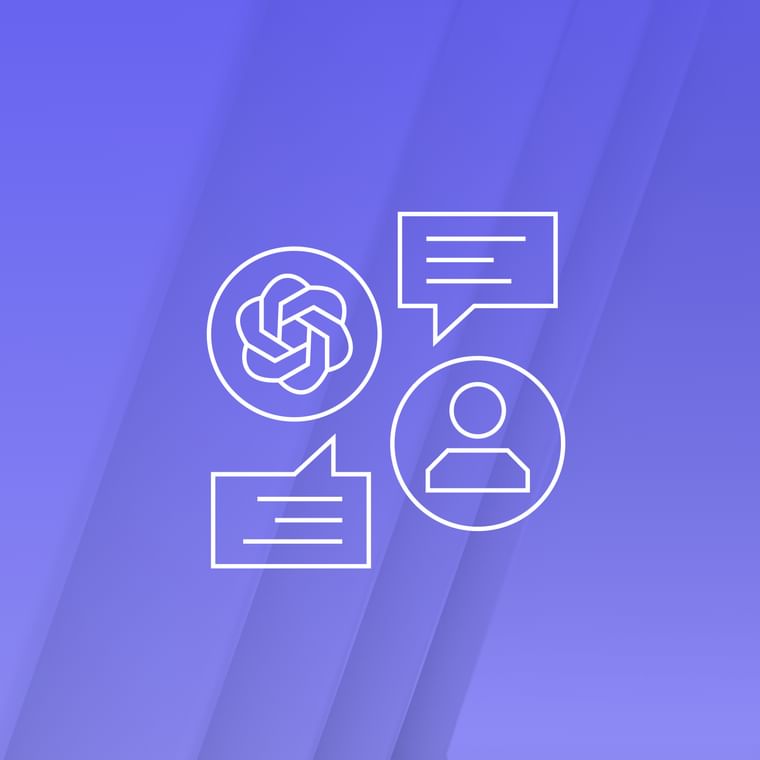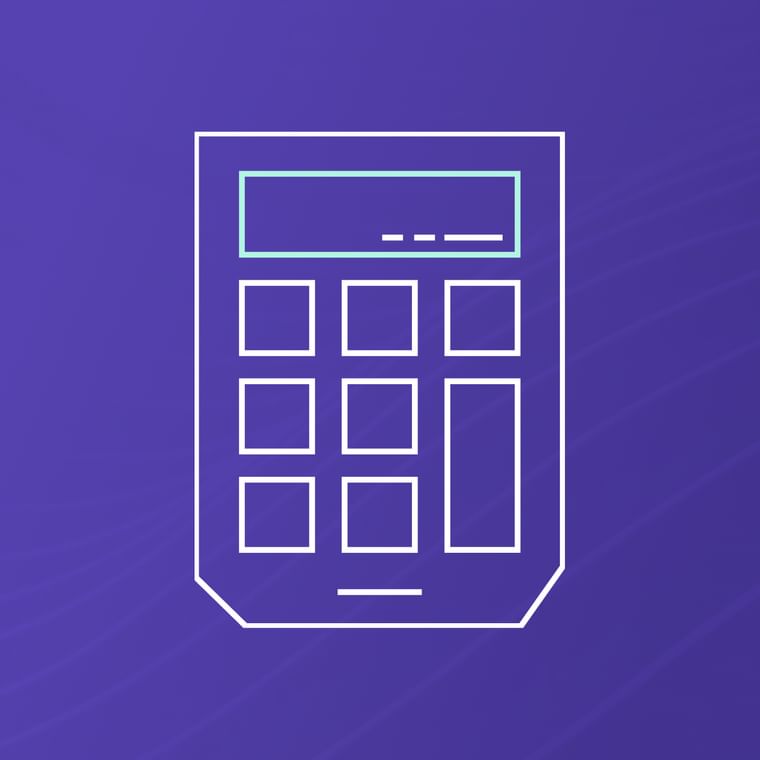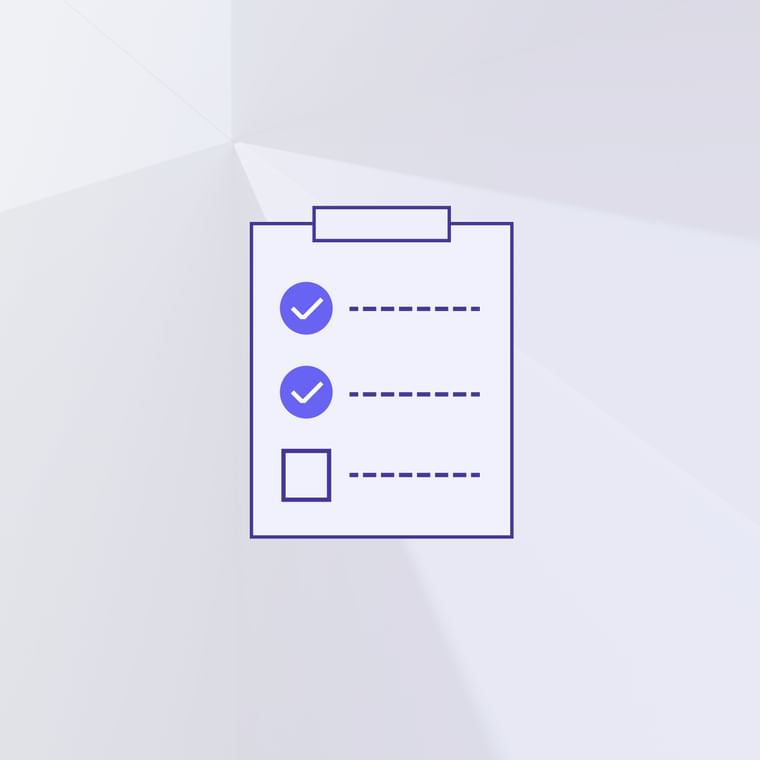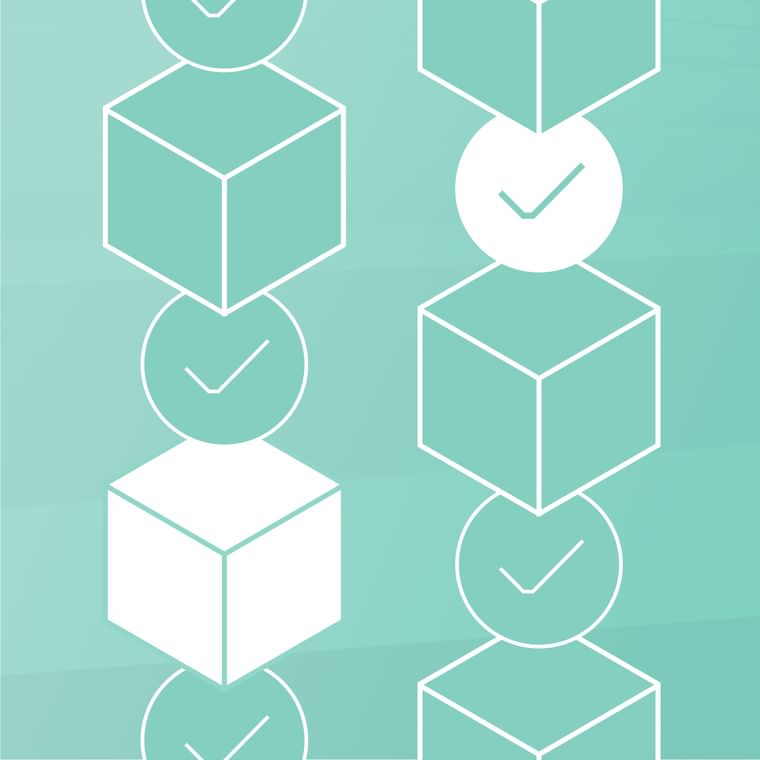What Is a Data Leak? How They Happen and How To Prevent Them
A data leak is when information is exposed to unauthorized people due to internal errors. This is often caused by poor data security and sanitization, outdated systems, or a lack of employee training. Data leaks could lead to identity theft, data breaches, or ransomware installation.
What's the Difference Between a Data Leak and a Data Breach?
It's important to distinguish between a data leak and a data breach. These terms are often used interchangeably, but they do have one notable difference.
While data leaks and data breaches both involve the unauthorized exposure of data, the cause of the exposure determines whether it's a leak or a breach.
A data leak occurs when an internal source exposes information. Meanwhile, a data breach is caused when an external source breaches the system in a cyberattack. Criminals can use a variety of methods to try and break into a network. In other words, a data leak is usually an accident, while a breach is often intentional and malicious.
Sometimes the line blurs between a leak and a breach because criminals use information in a data leak to launch a large-scale data breach. Take an email password leak, for example. If one email account is compromised, a criminal can then use that account to commit business email compromise scams like invoice fraud or ransomware attacks.
Criminals only need one data leak to turn it into a massive data breach. Leaks are as much a serious threat to organizations as data breaches. That's why organizations should understand what causes data leaks and how to prevent them.
How Do Data Leaks Happen?
Data leaks occur because of an internal problem. They don't usually happen because of a cyberattack. This is encouraging news for organizations since they can proactively detect and remediate data leaks before they are discovered by criminals.
Let's review some of the most common causes of data leaks.
Bad infrastructure: Misconfigured or unpatched infrastructure can unintentionally expose data. Having the wrong settings or permissions, or an outdated software version may seem innocent, but it can potentially expose data. Organizations should ensure that all infrastructure is carefully configured to protect data.
Social engineering scams: While data breaches are the result of a cyberattack, criminals often use similar methods to create a data leak. Then the criminal will exploit the data leak to launch other cyberattacks. For example, phishing emails may successfully gain access to a person's login credentials, which could result in a bigger data breach.
Poor password policies: People tend to use the same password for multiple accounts because it's easier to remember it. But if a credential stuffing attack happens, it could expose several accounts. Even something as simple as having login credentials written in a notebook could lead to a data leak.
Lost devices: If an employee loses a device with a company’s sensitive information, it qualifies as a potential data breach. If a criminal gains access to the device's content, it could lead to identity theft or a data breach.
Software vulnerabilities: Software vulnerabilities can easily turn into a huge cybersecurity issue for organizations. It's possible for criminals to take advantage of outdated software or zero-day exploits and turn it into a variety of security threats.
Old data: As businesses grow and employees come and go, companies can lose track of data. System updates and infrastructure changes can accidentally expose that old data.
Legacy data storage practices create ideal conditions for a data leak. This can compound in an organization with infosec employee turnover. Losing institutional knowledge of archaic data systems can lead to vulnerabilities and accidents.
Cybersecurity systems need to ensure that data leaks are prevented. Criminals can easily use data leaks to perpetrate further crimes.
How to Prevent Data Leaks
Most data leaks are caused by operational problems, including technical and human error. Preventing data leaks starts with a strong, multi-layered cybersecurity approach and respect for data privacy. While security teams should provide a robust defense system, they should also implement an incident response plan to recover quickly from a cyberattack.
Here are a few tactics to prevent data leaks:
Assess and audit security: Organizations should verify that their business has the necessary safeguards and policies in place to protect data. This is especially crucial for regulatory compliance. If you find any weak points, it's imperative to fix them.
Restrict data access: Employees should only have access to the data they need to do their jobs efficiently.
Evaluate and update data storage: Antiquated data storage practices create vulnerabilities. You should regularly monitor the data you collect and how you store it.
Delete old data: Regularly practicing data sanitization goes a long way toward reducing your organization’s risk of a leak.
Train employees on cybersecurity awareness: Employees should receive regular training on security awareness. Think of employees as another line of defense to prevent data breaches from occurring. They should receive training on how to spot malicious emails and report them to the security team.
Never trust, always verify: IT systems should not inherently trust any devices or accounts on company networks. Adopt a zero-trust security approach to prevent unwanted access to sensitive data.
Use multi-factor authentication: A strong password policy for employees is good, but don't rely on it alone. Implementing multi-factor authentication ensures that a password leak isn't enough to cause a data breach.
Monitor third-party risk: Supply chain attacks occur when a third-party vendor has one of their email accounts compromised. This can lead to a large-scale data leak.
Properly off-board employees: Ensure you’re fully removing access to any software, systems, and files when an employee leaves. This includes disabling accounts and repossessing company equipment.
To learn more about how Abnormal Security can prevent data leaks, request a demo of the platform today.





